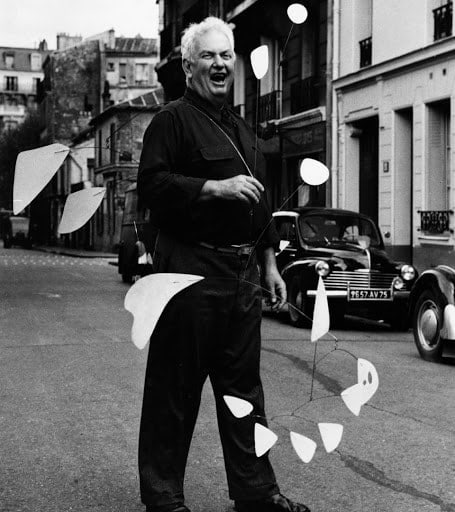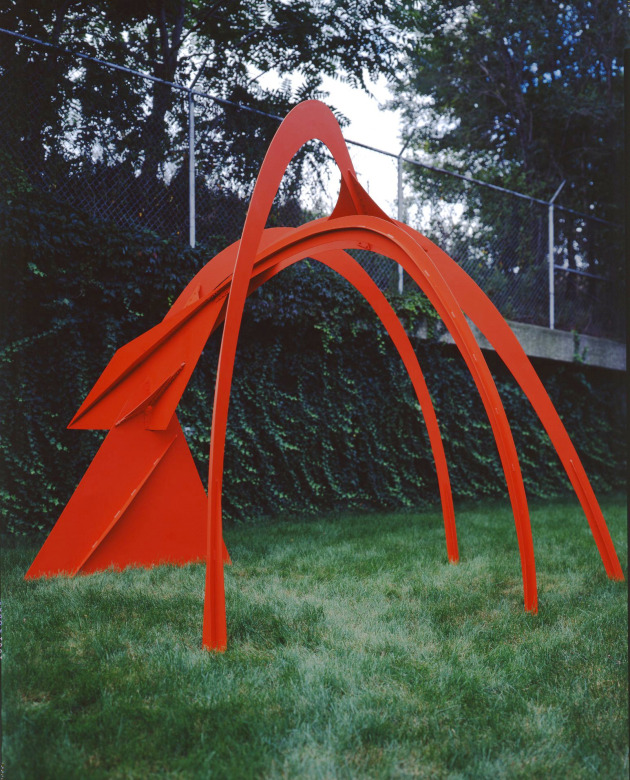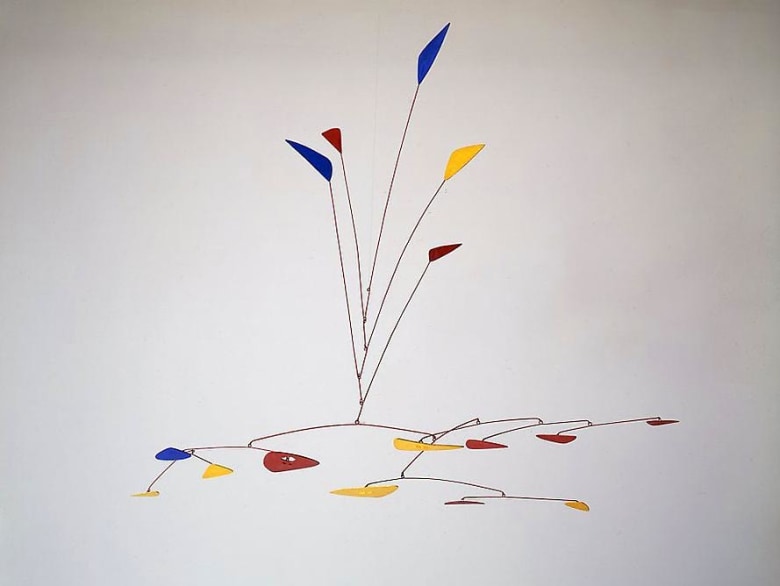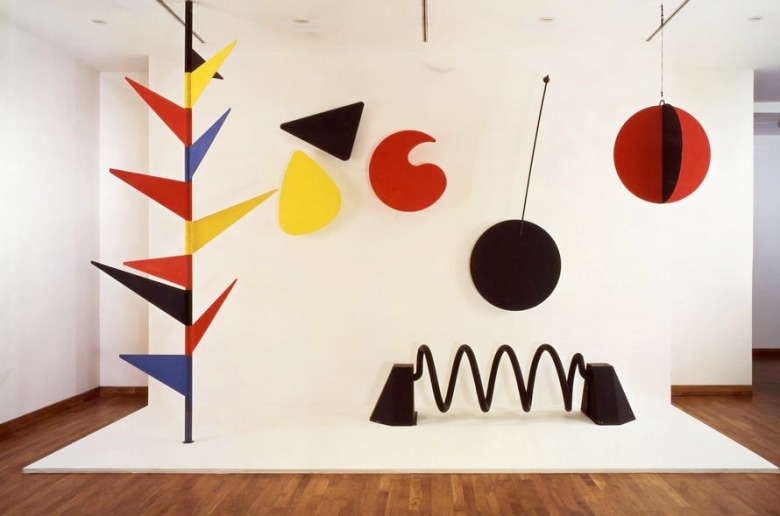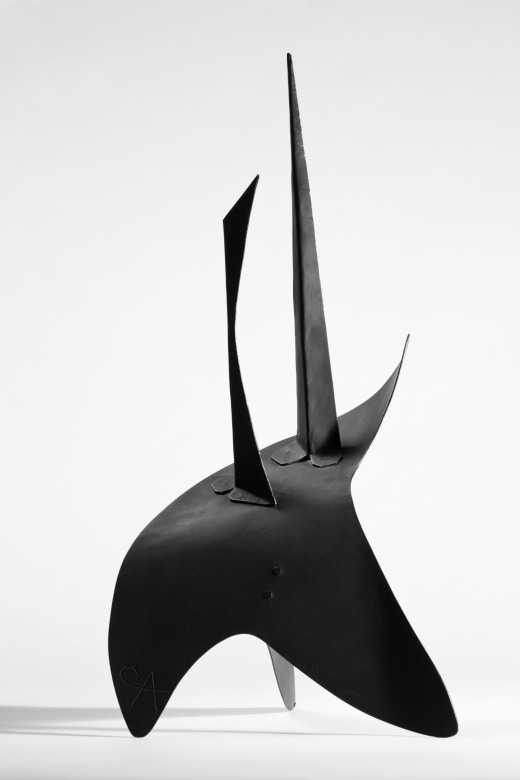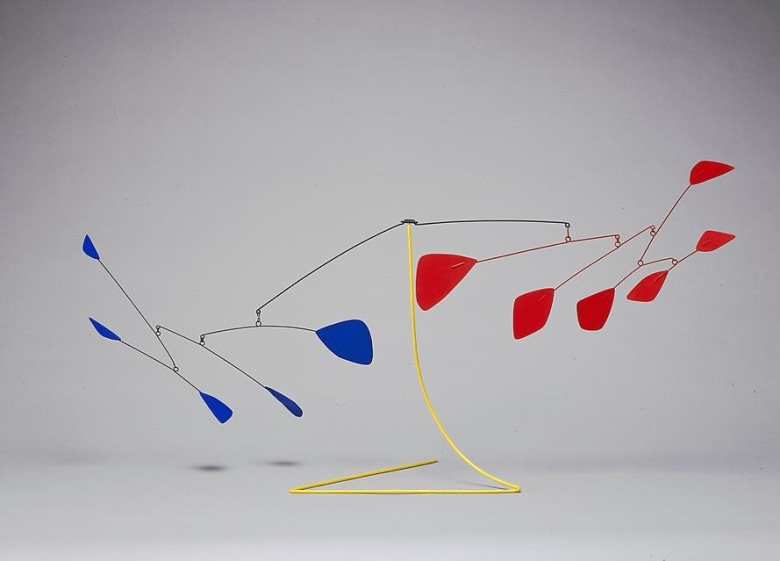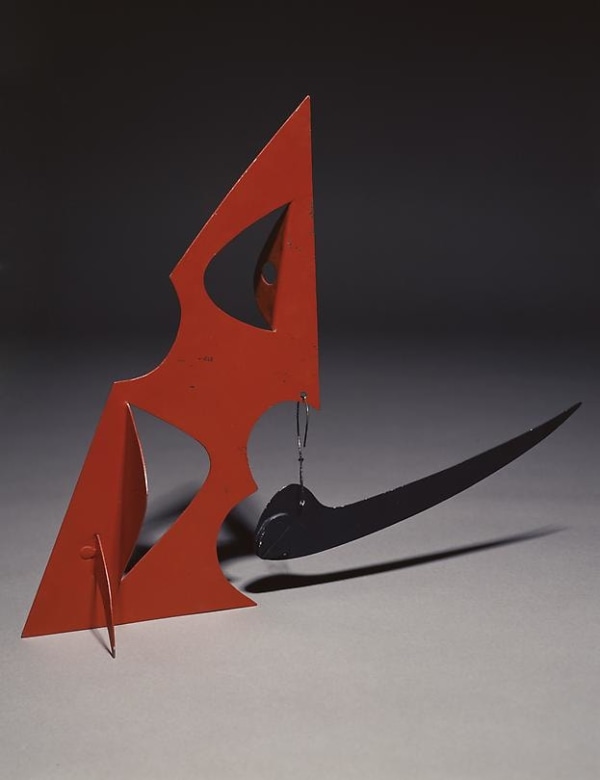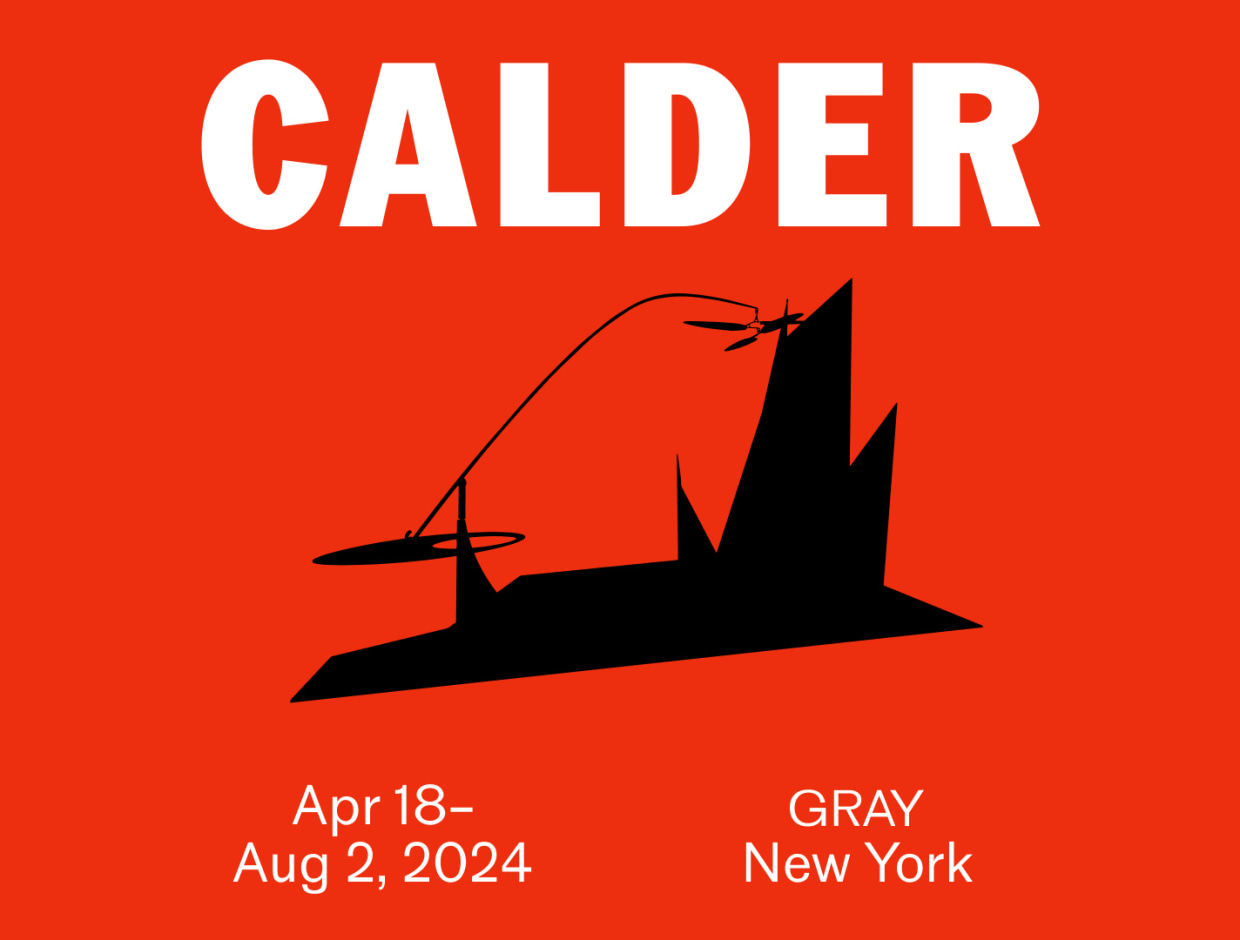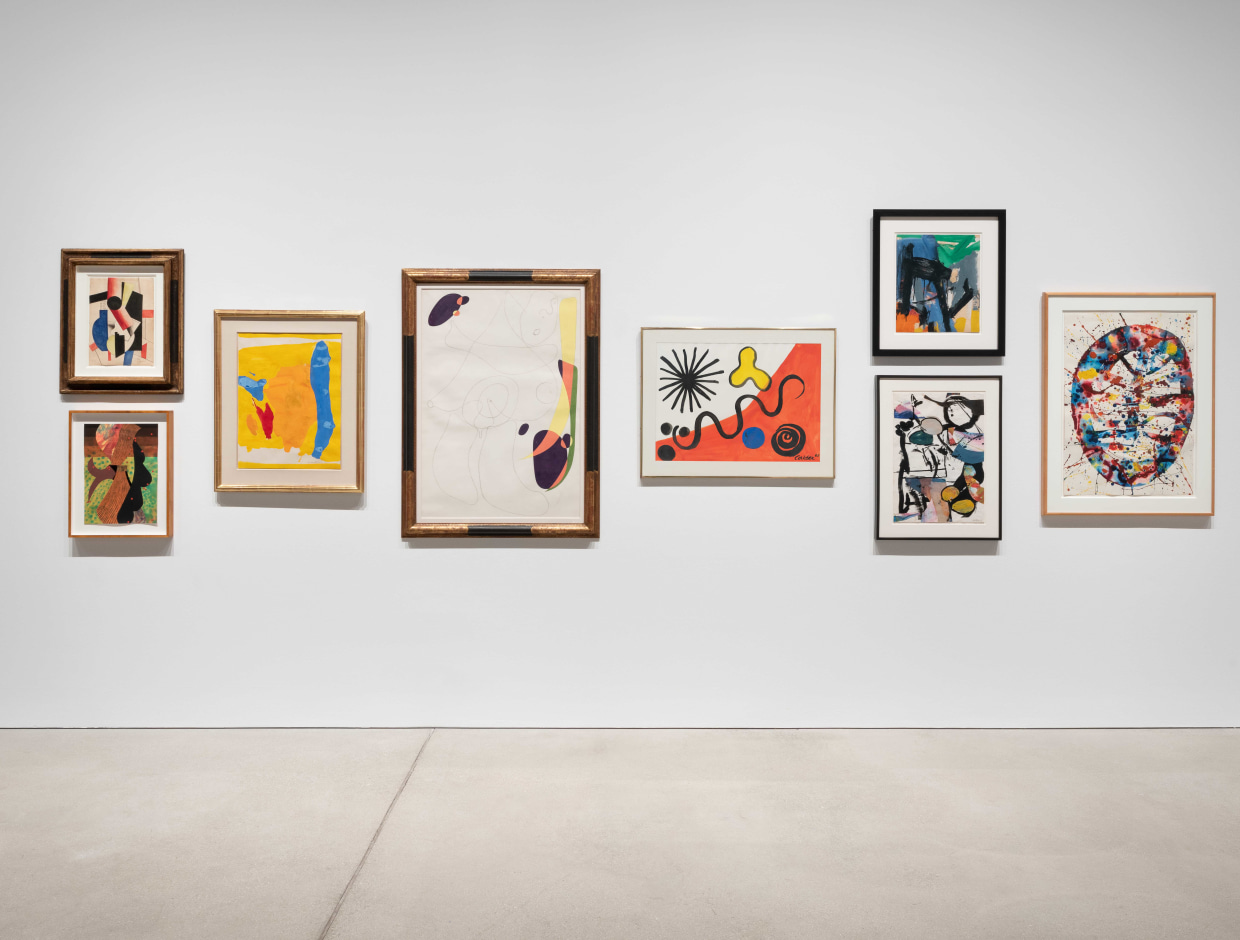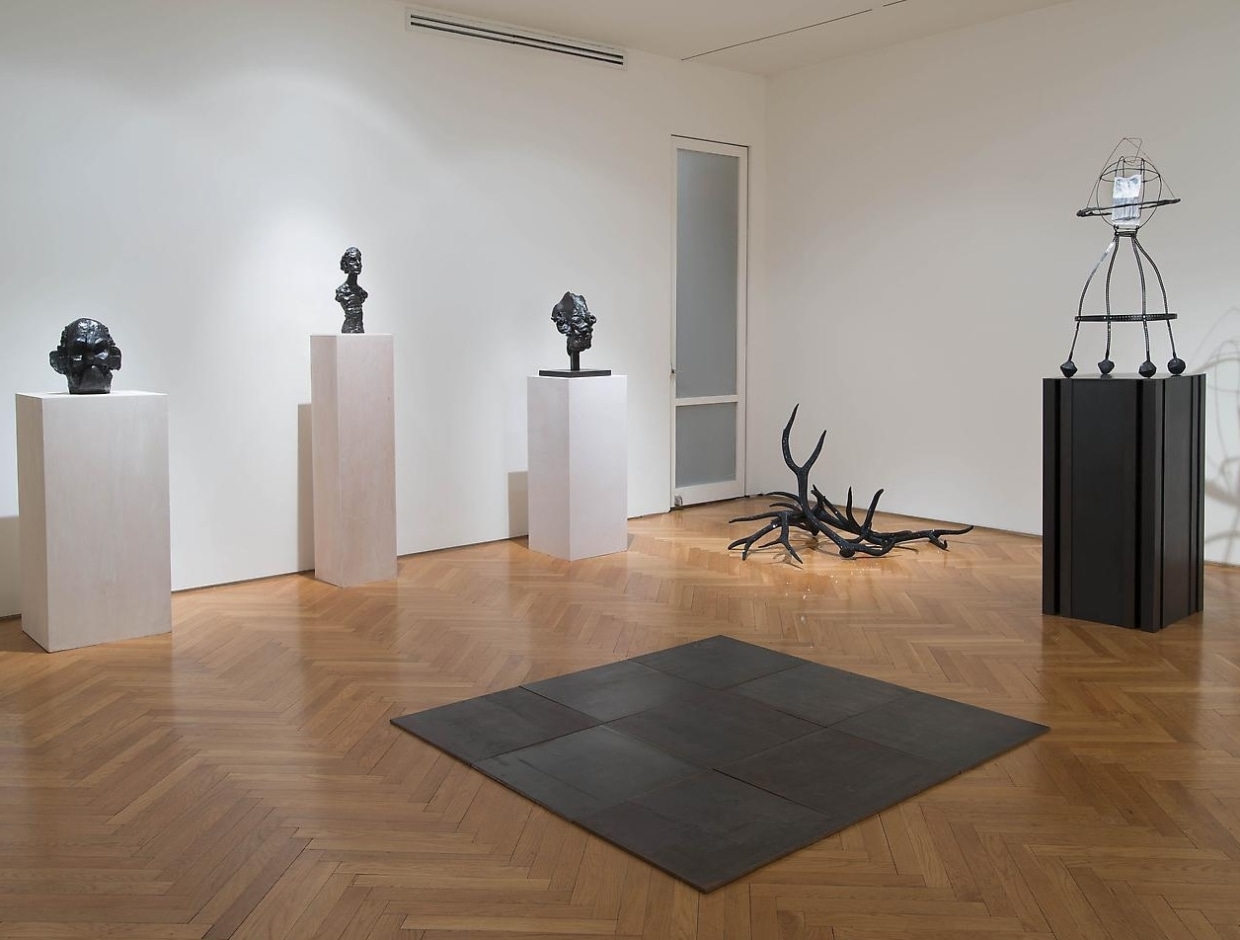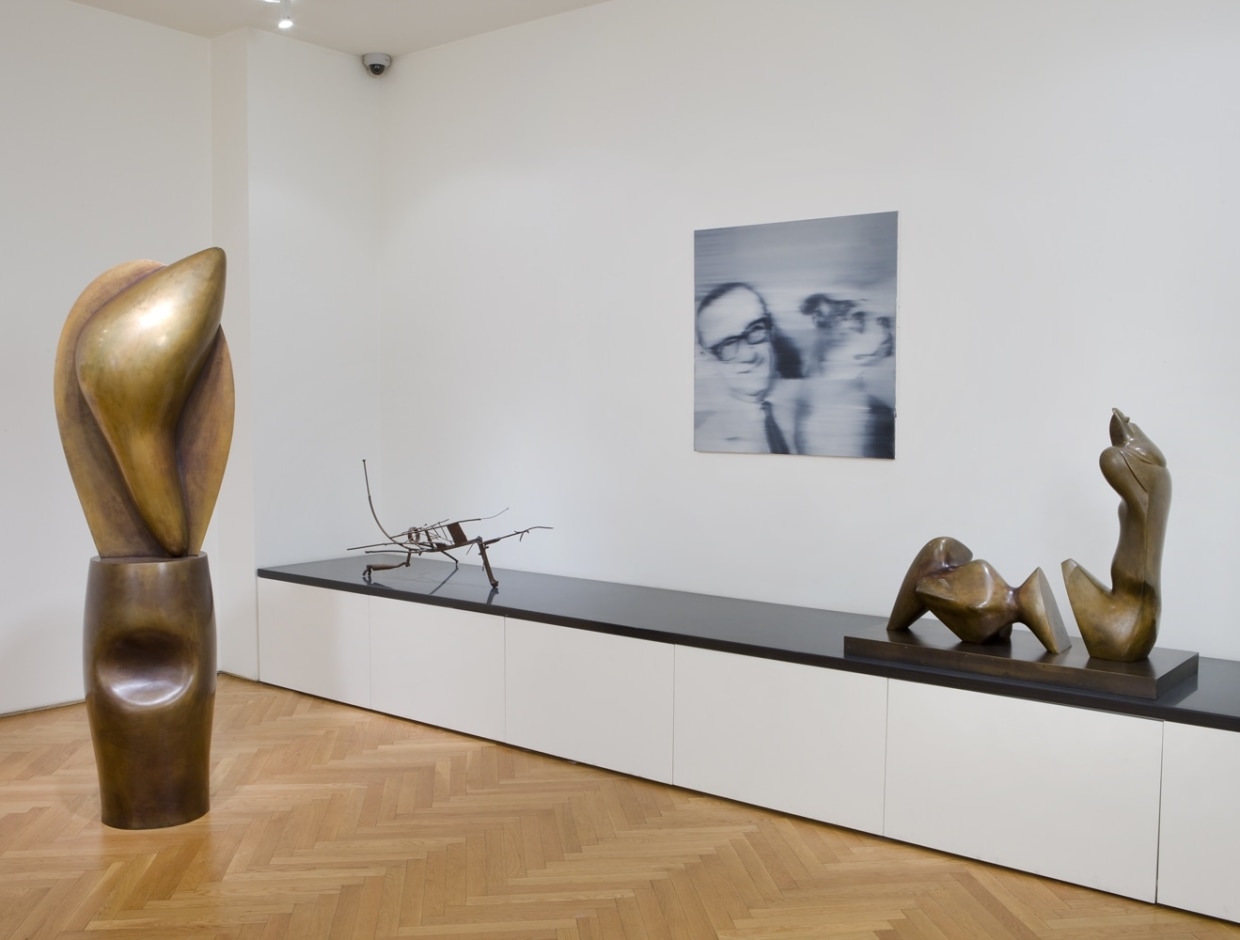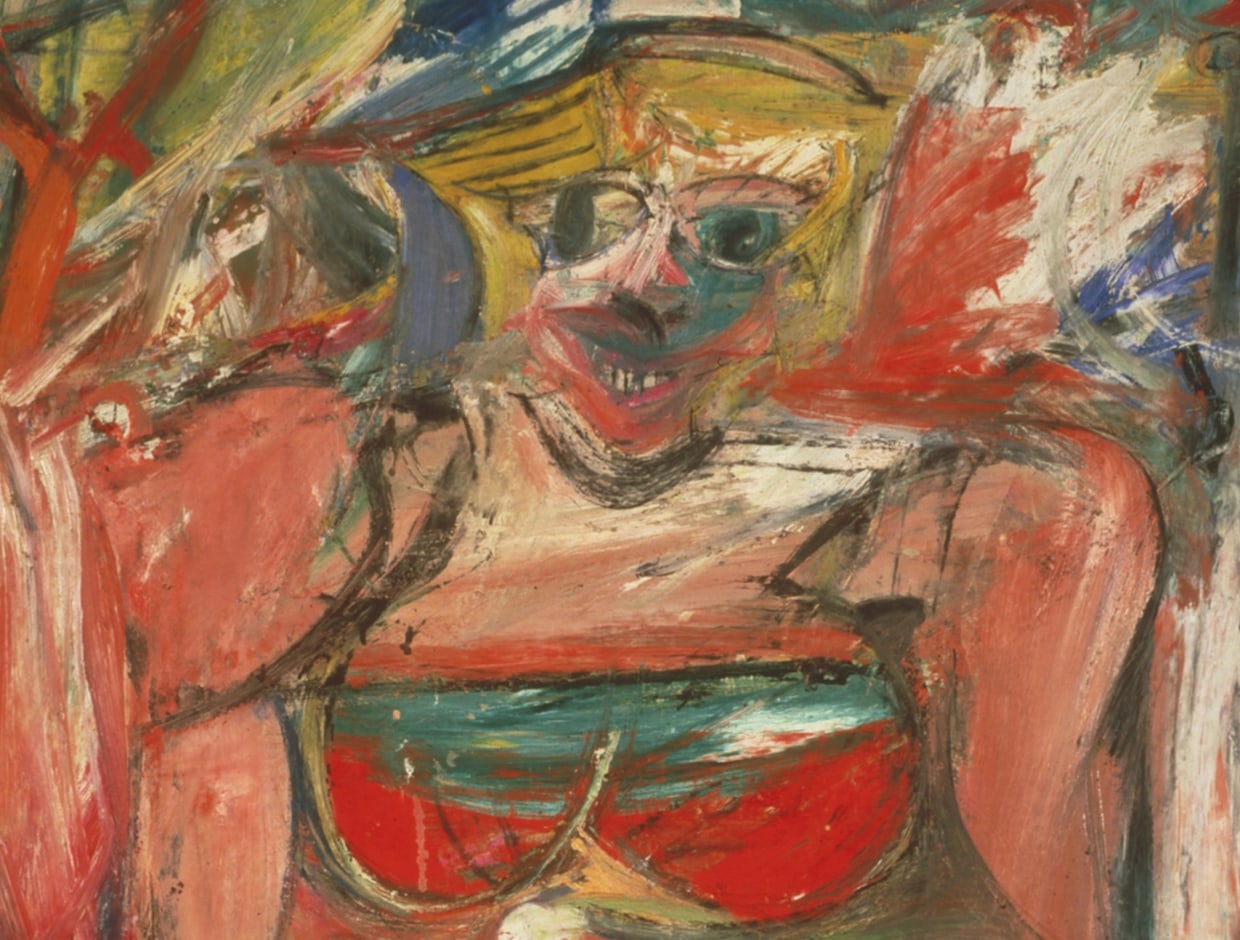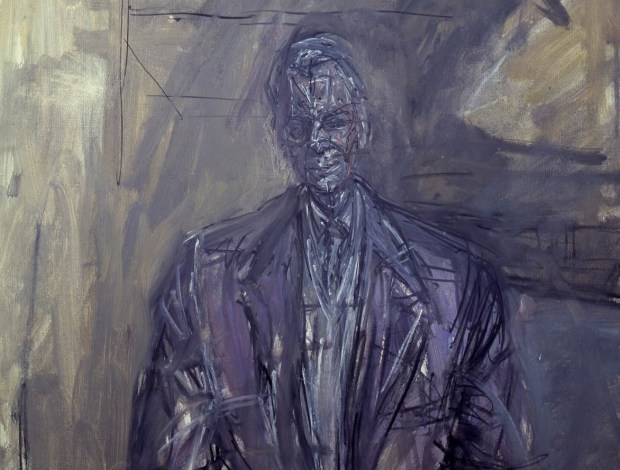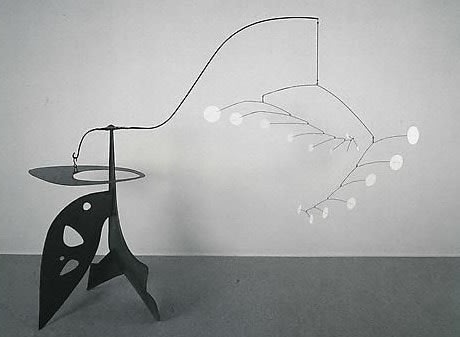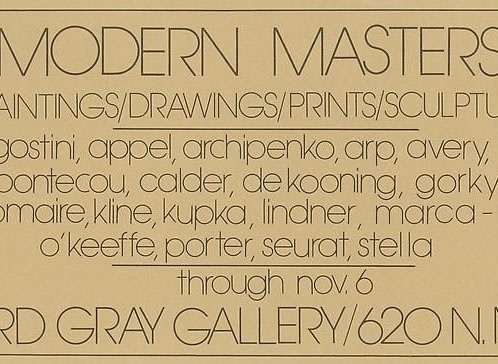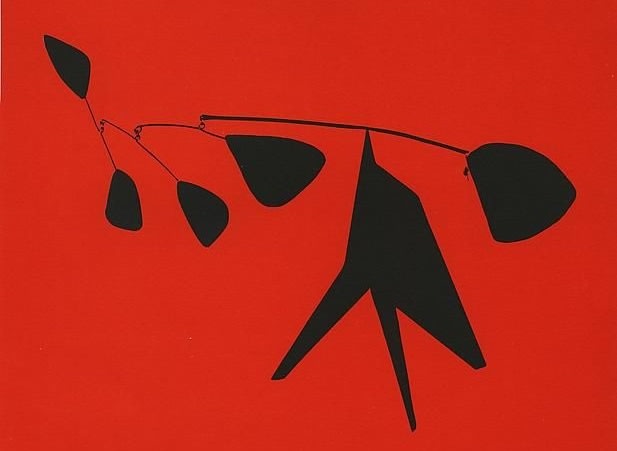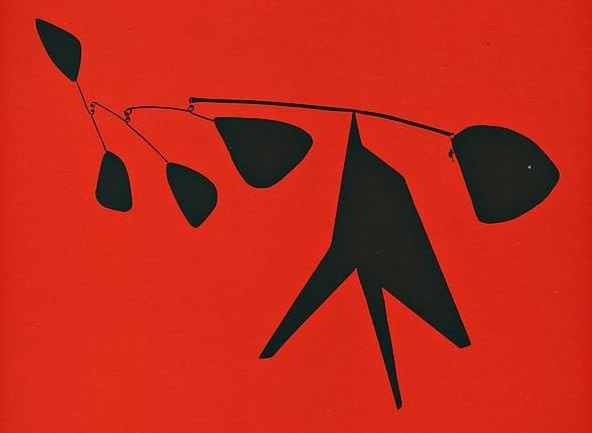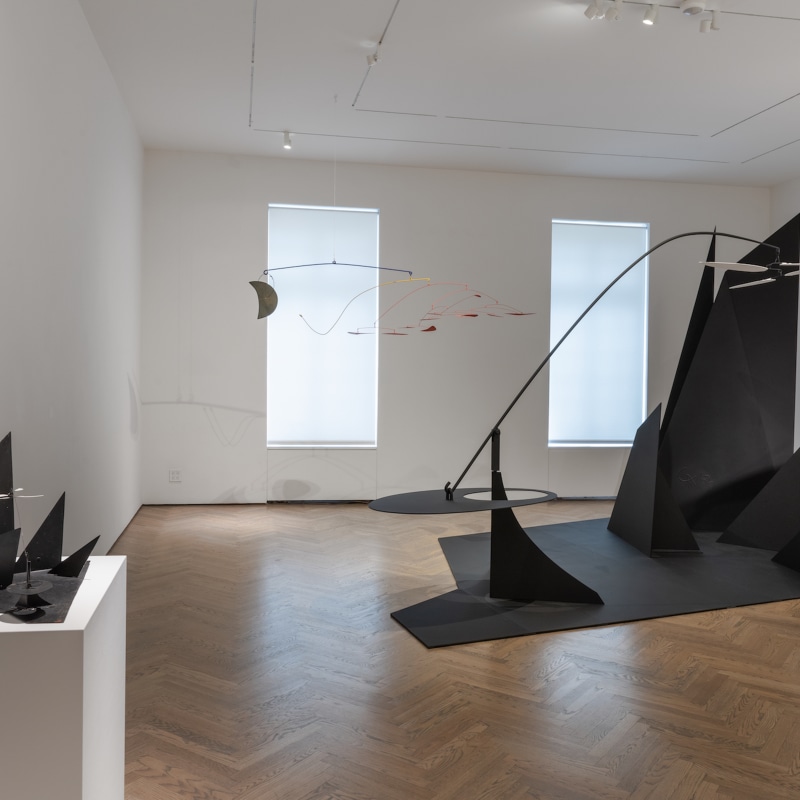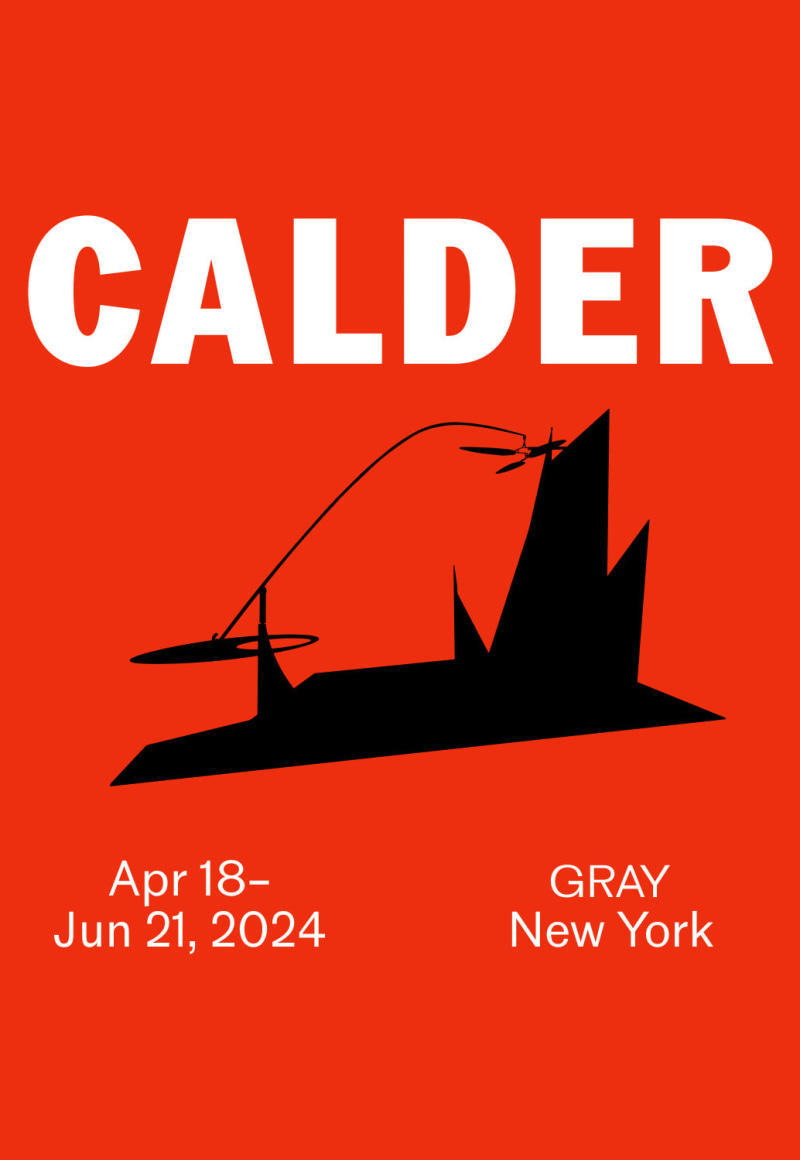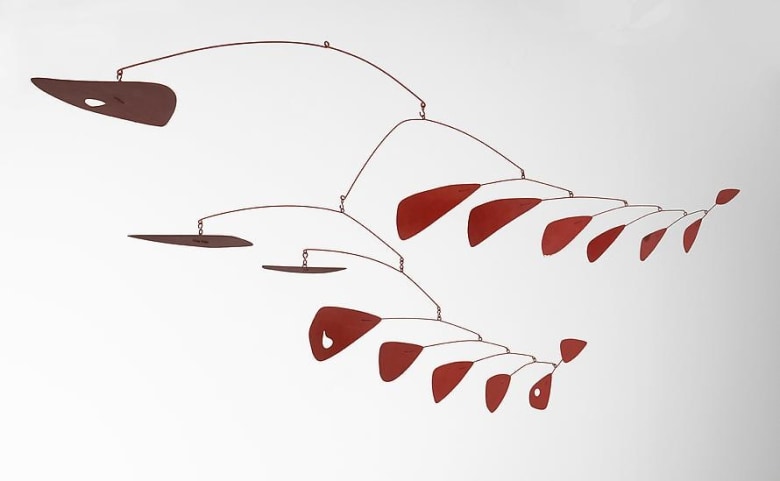
Alexander Calder (1898–1976) was an American sculptor and artist best known for his innovative contributions to modern art, particularly in the realm of kinetic sculpture. Though he was born into a family of artists, Calder initially studied mechanical engineering at the Stevens Institute of Technology in Hoboken, New Jersey. The strong technical foundation that he gained there profoundly influenced his eventual artistic practice. Living in Paris in the late 1920s, Calder began bending and twisting wire, essentially “drawing” three-dimensional figures in space and creating mobile sculptures—abstract forms that move in response to air currents, which he called "mobiles." Calder's work, celebrated for its playful energy and sense of fluid motion, marked a decisive break from traditional sculpture and helped redefine the medium in the 20th century. From the 1950s onward, Calder increasingly devoted himself to making outdoor sculpture on a grand scale from bolted steel plate. These works, including iconic pieces displayed in plazas around the world, are a testament to his ability to engage both the physical environment and the viewer’s sense of space.
His legacy as one of the pioneers of modern art—whose innovative approach continues to inspire contemporary artists across disciplines—has been affirmed through major retrospectives at institutions like The Museum of Modern Art and the Metropolitan Museum of Art.
Calder’s first solo presentation at GRAY was in 1966. His work has been featured in various GRAY exhibitions since, including Sculpture Works on Paper, 1974; Contemporary Masters, 1987; Forty Years, 2003; Fun House, 2013; GRAY at 60, 2023; and Calder, 2024.

